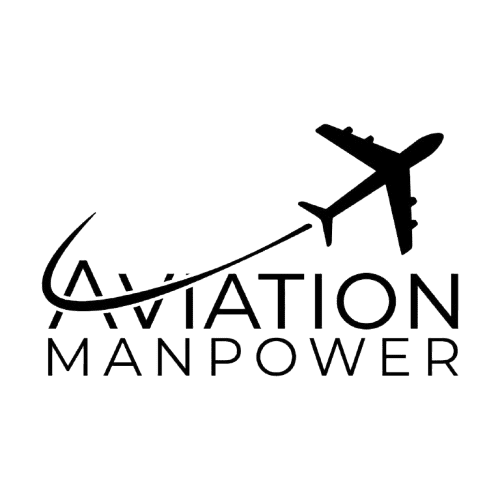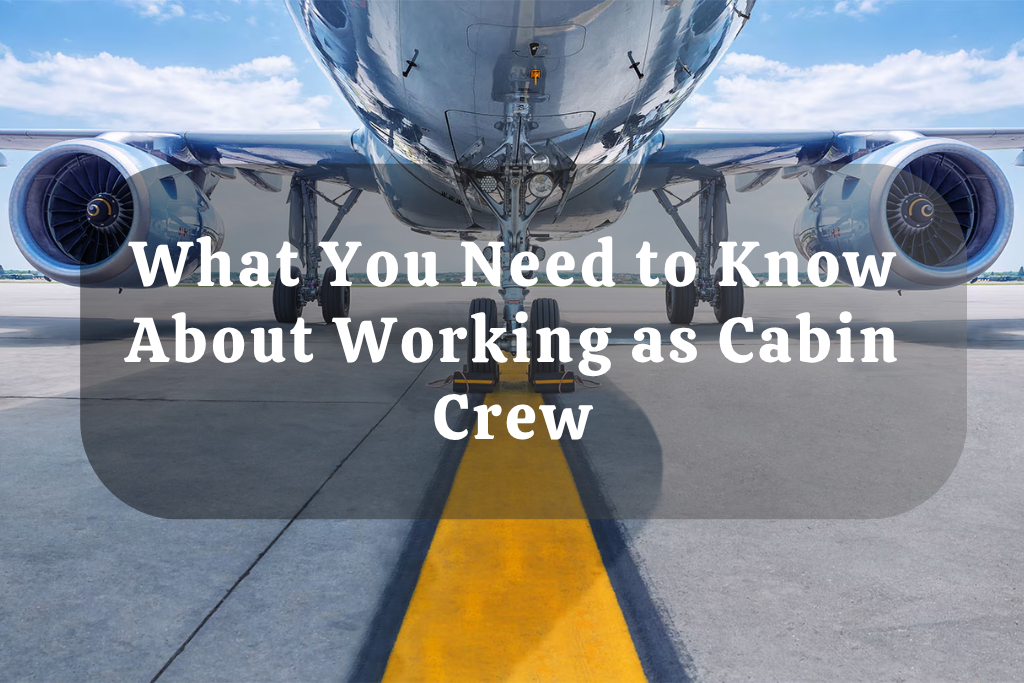Introduction:
Aviation is a global industry, but where you choose to build your career can make a huge difference. For aspiring and experienced aviation professionals, the U.S. and the Middle East represent two of the most promising and distinct markets. Both offer lucrative opportunities, modern infrastructure, and access to world-renowned airlines. But each region also comes with unique expectations, lifestyle implications, and career trajectories.
Whether you’re considering applying through aviation recruiters or partnering with aviation job recruitment agencies, it’s crucial to understand what these two regions offer—and demand.
In this in-depth guide, we compare aviation careers in the Middle East and the United States. From job roles and qualifications to salary expectations, cultural environments, and hiring practices, we break it all down to help you make an informed decision. We’ll also share important resources on flight schools, job interviews, and career cities to help you land your dream job, whichever sky you aim for.
The Aviation Landscape: Middle East vs. U.S.
Aviation in the Middle East
The Middle East has rapidly evolved into a global aviation hub over the past two decades. Carriers like Emirates, Qatar Airways, and Etihad have set global standards for luxury, efficiency, and reach. Government investments and geographic advantages—being a midway point between East and West—have positioned the region as a preferred layover and long-haul connector.
Key Middle Eastern aviation hubs:
- Dubai (UAE) – Emirates’ HQ and Dubai International Airport.
- Doha (Qatar) – Hub for Qatar Airways and Hamad International.
- Abu Dhabi (UAE) – Base for Etihad Airways.
Aviation in the United States
The U.S. is the birthplace of commercial aviation and still holds the world’s largest aviation market. With major players like American Airlines, Delta, and United, it leads in volume of flights, airline size, and aviation technology.
Key U.S. aviation hubs:
- Atlanta, Georgia – Home to the world’s busiest airport.
- Chicago, Illinois – Central for both passenger and cargo traffic.
- Dallas, Texas – Headquarters for American Airlines.
Both regions offer tremendous opportunities but serve very different market dynamics.
Licensing and Qualifications
Middle East:
Most airlines in the Middle East hire globally. If you’re a pilot, flight attendant, or engineer trained in Europe, Asia, or the U.S., your certifications are often recognized, with some conversion training.
- Pilots: Required to convert to a GCAA (UAE) or QCAA (Qatar) license.
- Cabin Crew: Preferred experience from international airlines.
- Engineers: EASA and FAA licenses are widely accepted.
United States:
Aviation in the U.S. is heavily regulated by the Federal Aviation Administration (FAA).
- Pilots: Must hold FAA licenses (Private Pilot, Commercial, or ATP).
- Cabin Crew: Training is often provided post-hire by airlines.
- Maintenance Technicians: Need FAA Airframe and Powerplant (A&P) certifications.
If you’re starting out, the U.S. offers extensive flight schools and training options. Learn more about your options in our guide: Top Flight Schools & Training Programs in the U.S.
Career Opportunities & Demand
Middle East:
- Rapid growth in international long-haul flights.
- High demand for experienced international pilots and engineers.
- Preference for multilingual cabin crew.
- More expat-focused hiring through aviation job recruitment agencies.
Middle Eastern airlines often offer tax-free income, housing, education allowances, and transportation, making packages especially appealing to international talent.
United States:
- Massive domestic flight network.
- High demand for pilots due to ongoing retirements.
- Broad opportunities in regional airlines, airports, air cargo, and private aviation.
- More competitive and regionally focused hiring processes.
Explore where the best job opportunities are in our post: Best U.S. Cities for Aviation Jobs & Career Growth
Salary and Benefits Comparison
| Role | Middle East (USD, annual) | United States (USD, annual) |
| Commercial Pilot (Senior) | $100,000 – $180,000 | $90,000 – $150,000 |
| Cabin Crew (Experienced) | $25,000 – $50,000 + housing | $30,000 – $60,000 |
| Maintenance Engineer | $50,000 – $100,000 | $55,000 – $95,000 |
Note: Middle Eastern packages often include non-cash benefits like accommodation, flights, and schooling.
While base pay in the U.S. may look similar, living costs, taxation, and insurance should be considered. Middle Eastern contracts often provide more take-home benefits, especially for expats.
Lifestyle & Work Culture
Middle East:
- Expat-friendly with generous benefits.
- Culturally conservative—adjusting to dress codes and social norms is important.
- Dry (alcohol-restricted) countries and gender-based laws may be new to Western professionals.
- Professionalism and appearance are highly emphasized in aviation roles.
United States:
- Diverse work environments.
- Strong focus on individuality, equal opportunity, and open communication.
- Work-life balance varies by employer, though unions in aviation are strong and influential.
Your choice may depend on personal lifestyle preferences as much as career goals.
Application & Hiring Processes
In the Middle East:
Hiring is often handled by specialized global aviation job recruitment agencies. These agencies conduct multiple interviews, assessments, and medical checks before making offers.
Pro tip: Polish your interview skills for scenario-based and customer-service-focused questions.
In the U.S.:
The hiring process often involves:
- Online applications through airline portals.
- In-person interviews or video assessments.
- Background checks, drug testing, and FAA-mandated screening.
Brush up on interview prep with our blog: Common Aviation Job Interview Questions & How to Answer Them
Growth, Innovation & Long-Term Outlook
The Middle East continues to expand airports and fleets, with multi-billion-dollar investments aimed at making Dubai, Doha, and Abu Dhabi top aviation hubs.
Meanwhile, the U.S. is embracing innovation through sustainable aviation fuel, next-gen aircraft, and expanding private air travel.
Career planning tip: The U.S. may offer more paths to pivot into related fields like aviation safety, aerospace, or AI-driven roles.
Aviation Recruiters’ Perspective: Which Region Is Better?
There is no universal “better.” It depends on your:
- Career goals (international exposure vs. technical depth)
- Preferred lifestyle (tax-free expat perks vs. U.S. familiarity)
- Willingness to relocate and adapt culturally
- Long-term ambitions (global airline experience vs. U.S.-based career ladder)
Aviation recruiters emphasize flexibility, soft skills, and international experience as key assets, no matter the region. Top aviation recruitment agencies recommend staying open to opportunities in both regions as aviation continues to globalize.
Conclusion:
Whether you’re drawn to the fast-growing, luxurious airlines of the Middle East or the innovation and heritage of U.S. aviation, both regions offer rewarding careers with distinct advantages.
The Middle East shines with competitive benefits, a strong expat network, and rapid airline expansion. The U.S. boasts vast domestic opportunities, an established training infrastructure, and technical leadership.
By understanding the nuances of both markets, aligning your skills, and working with trusted aviation job recruitment agencies, you can choose the path that best matches your personal and professional goals.
Wherever you fly, preparation is key—and the world of aviation is ready to welcome you.
FAQs
1. Do Middle Eastern airlines accept U.S.-trained pilots or crew?
Yes, but you’ll typically need to convert licenses and complete additional assessments.
2. Is the cost of living higher in the Middle East or the U.S.?
The U.S. tends to have higher out-of-pocket costs (rent, insurance), while Middle Eastern jobs often include housing and transport.
3. Are aviation jobs in the Middle East limited to locals?
No. Most roles are filled by international professionals through recruitment agencies.
4. How do I choose the best aviation recruitment agencies?
Look for agencies with airline partnerships, international placements, and strong candidate support. Always verify credentials.
5. What are my chances of long-term career growth in either region?
Strong in both. The Middle East often offers rapid advancement, while the U.S. offers stable career ladders and broader diversification.

